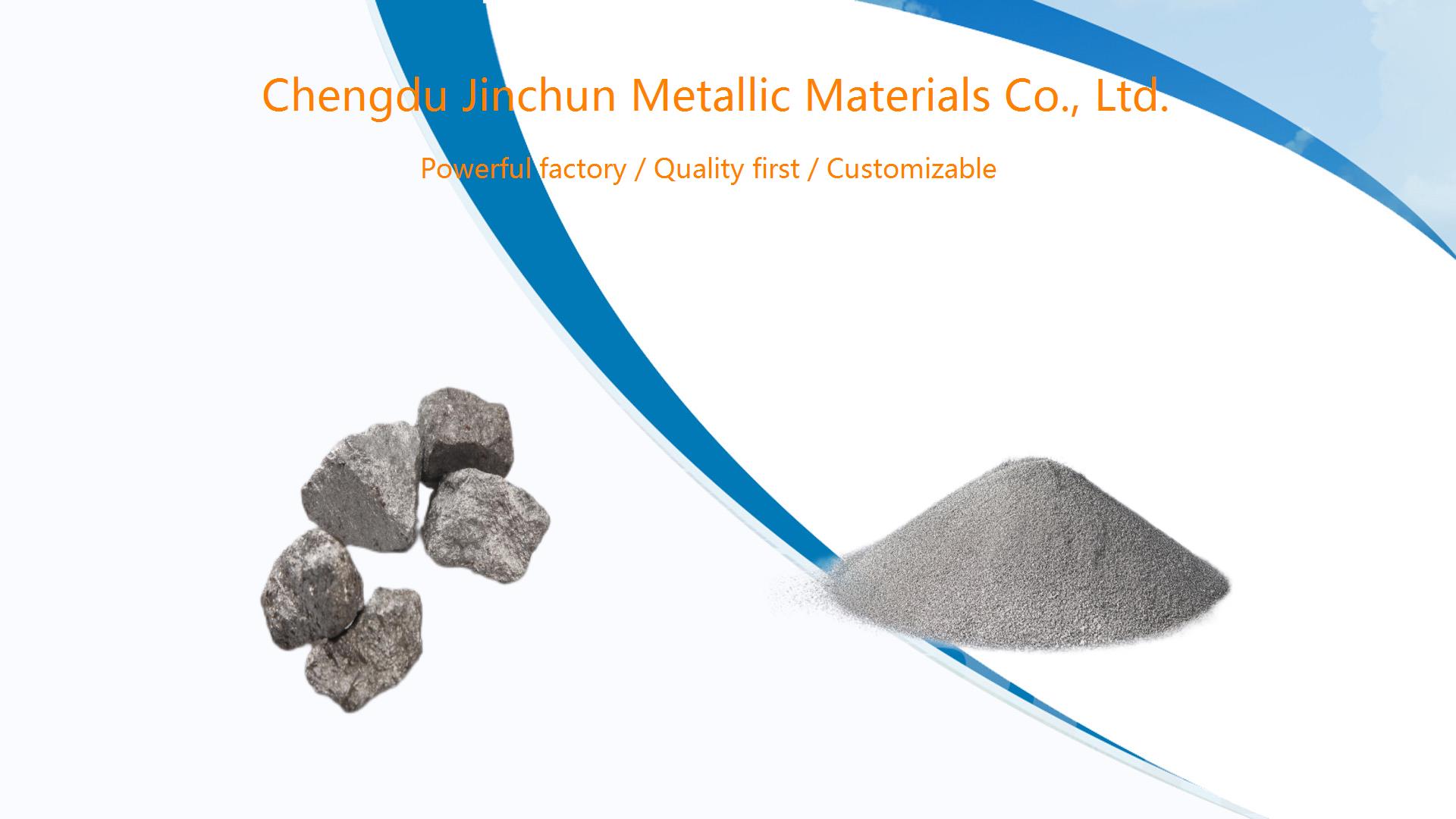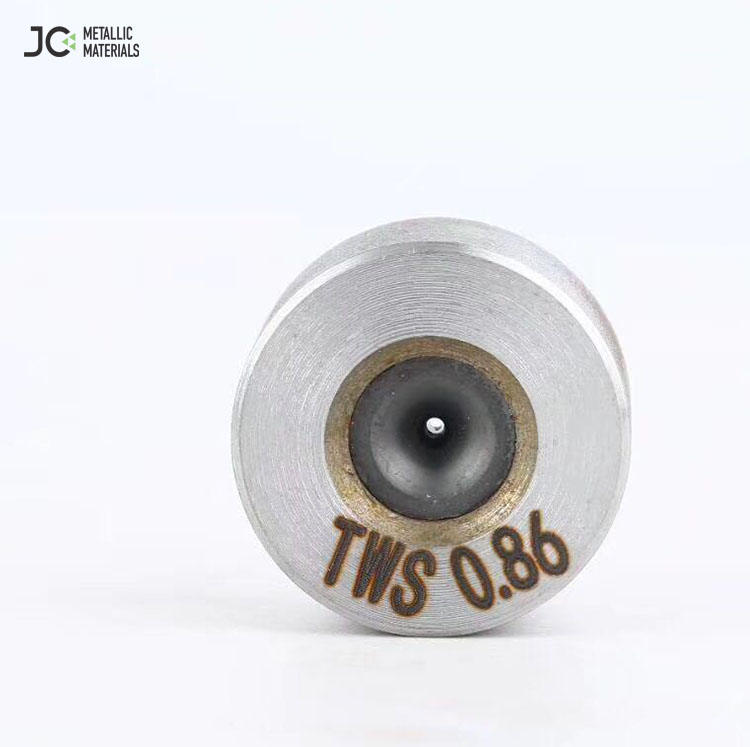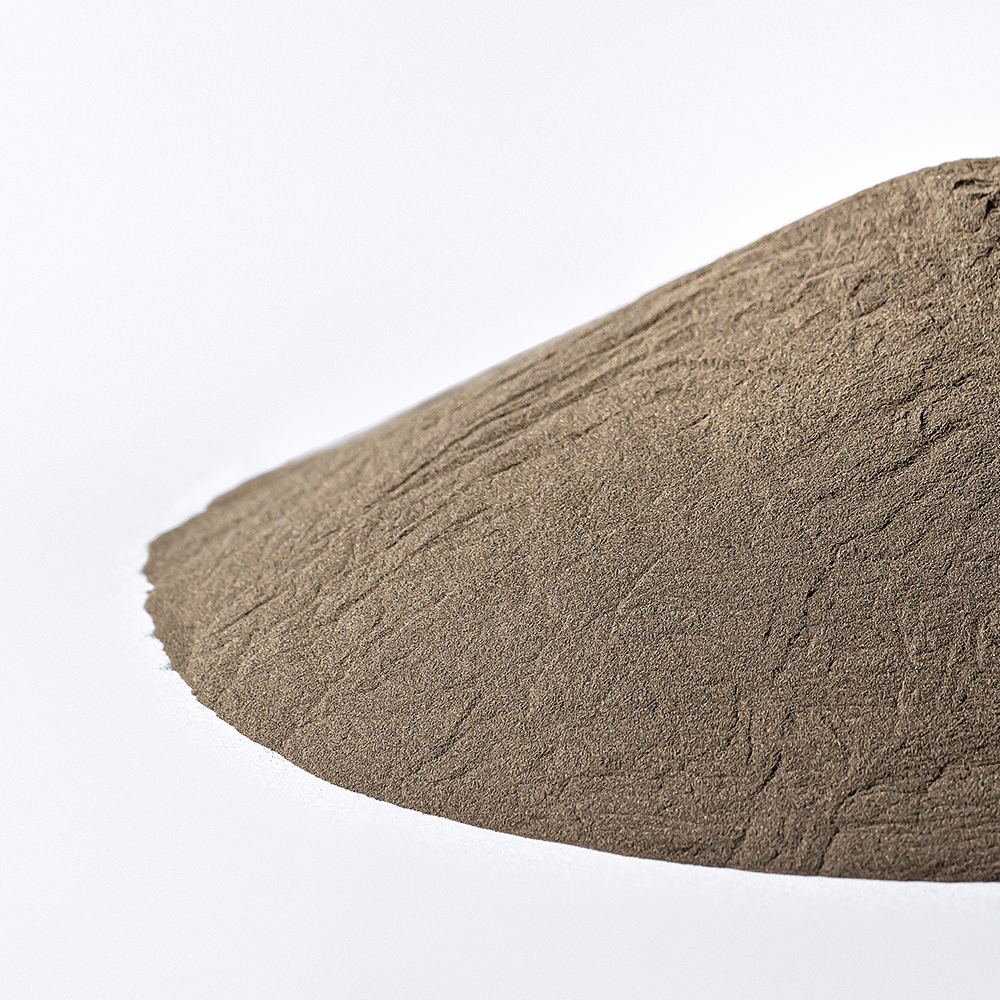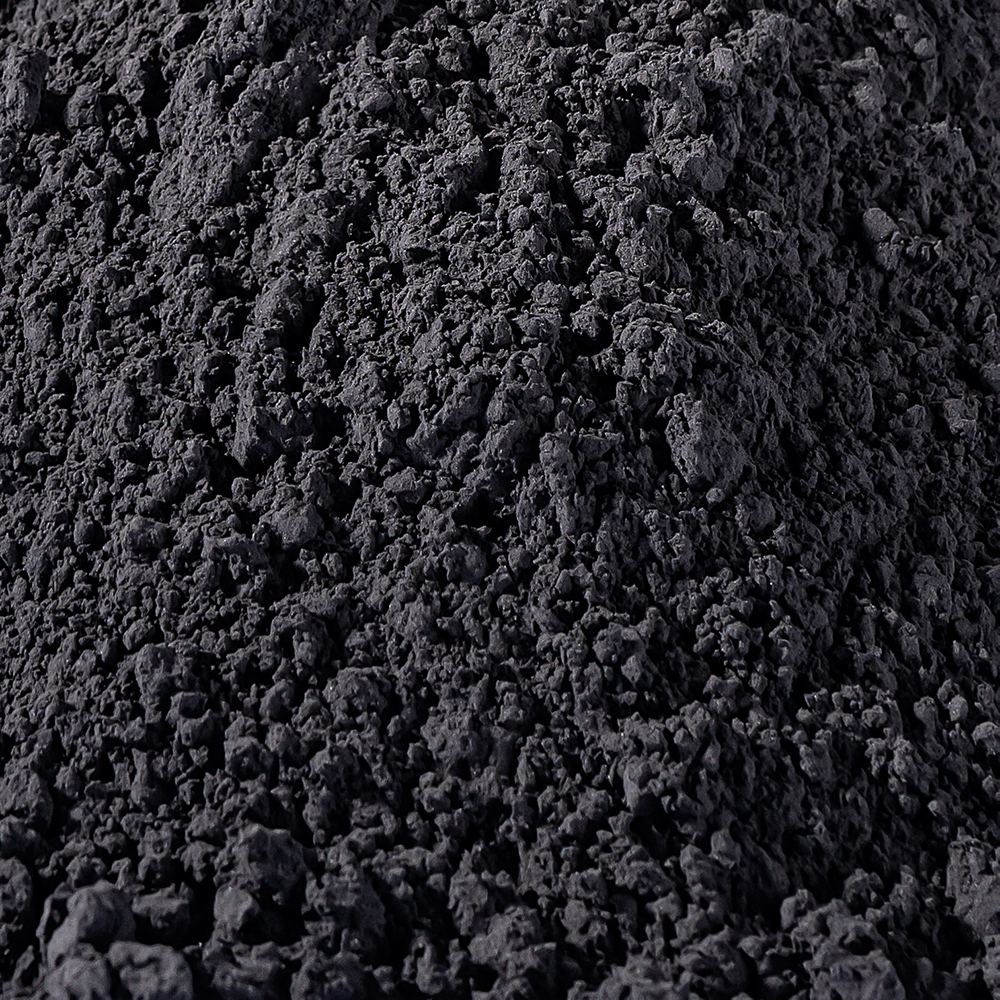
The Difference Between GH3625 and GH3536 in High-Temperature Alloy Applications
High-temperature alloys are critical in various industrial applications, providing the necessary strength and resistance against extreme conditions. Among these, GH3625 and GH3536 are two prominent alloys used for their unique properties. At Jinchun, a leading metal powder manufacturer, we aim to provide comprehensive insights into these alloys to help industries make informed decisions.
Introduction to High-Temperature Alloys
High-temperature alloys are engineered to withstand extreme conditions, including high temperatures, corrosive environments, and mechanical stress. These materials are essential in industries such as aerospace, power generation, and chemical processing. The choice of alloy can significantly impact the performance and longevity of components used in these demanding applications.

Overview of GH3625 and GH3536
GH3625 and GH3536 are nickel-based superalloys known for their exceptional performance in high-temperature environments. While both alloys share some similarities, they also exhibit distinct differences that make each suitable for specific applications.
GH3625: Composition and Characteristics
GH3625 is a nickel-chromium-molybdenum alloy with excellent corrosion resistance and high-temperature strength. Its composition includes:
- Nickel (Ni): 58% minimum
- Chromium (Cr): 20-23%
- Molybdenum (Mo): 8-10%
- Iron (Fe): 5% maximum
- Other elements: Including titanium, aluminum, and carbon
The alloy is known for its ability to withstand oxidizing and reducing environments, making it suitable for applications in chemical processing, aerospace, and marine industries.
GH3536: Composition and Characteristics
GH3536, also known as Hastelloy X, is a nickel-chromium-iron-molybdenum alloy. Its composition is as follows:
- Nickel (Ni): 47% minimum
- Chromium (Cr): 20-23%
- Iron (Fe): 17-20%
- Molybdenum (Mo): 8-10%
- Other elements: Including cobalt, tungsten, and silicon
GH3536 is renowned for its excellent oxidation resistance and high-temperature strength, making it ideal for gas turbine components, industrial furnaces, and heat exchangers.
Comparative Analysis of GH3625 and GH3536
Understanding the differences between GH3625 and GH3536 is crucial for selecting the appropriate alloy for specific applications. Here, we compare their properties and applications:
Corrosion Resistance
Both GH3625 and GH3536 offer impressive corrosion resistance. However, GH3625 is particularly noted for its resistance to a wide range of corrosive environments, including acidic and alkaline conditions. This makes it a preferred choice for chemical processing equipment and marine applications.
Oxidation Resistance
GH3536 excels in oxidation resistance at high temperatures, making it suitable for applications where components are exposed to extreme heat, such as gas turbines and industrial furnaces. Its ability to maintain structural integrity under such conditions is a significant advantage.
Mechanical Strength
Both alloys provide high mechanical strength, but GH3625 offers superior tensile strength and toughness at elevated temperatures. This characteristic makes it ideal for applications requiring robust structural components.
Weldability and Fabrication
GH3625 is known for its excellent weldability and ease of fabrication, allowing for the production of complex components with precision. GH3536 also offers good weldability but may require specific techniques to avoid cracking during welding.
Applications of GH3625 and GH3536
The choice between GH3625 and GH3536 often depends on the specific requirements of the application. Here are some common applications for each alloy:
Applications of GH3625
- Chemical Processing: Due to its corrosion resistance, GH3625 is widely used in the production of chemical processing equipment, including reactors and heat exchangers.
- Aerospace: The alloy’s high strength and fatigue resistance make it suitable for aircraft engine components and other aerospace applications.
- Marine: GH3625’s resistance to seawater corrosion makes it ideal for marine environments, including offshore oil and gas platforms.
Applications of GH3536
- Gas Turbines: GH3536’s oxidation resistance at high temperatures makes it a preferred choice for gas turbine components, such as combustion chambers and turbine blades.
- Industrial Furnaces: The alloy’s ability to withstand extreme heat makes it suitable for use in industrial furnaces and heat exchangers.
- Petrochemical Industry: GH3536 is used in the petrochemical industry for components exposed to high temperatures and corrosive environments.
Conclusão
In conclusion, both GH3625 and GH3536 are exceptional high-temperature alloys with unique properties that make them suitable for specific industrial applications. At Jinchun, we understand the importance of selecting the right alloy for your needs and are committed to providing high-quality metal powders and expert guidance to our clients.
GH3625 is ideal for applications requiring superior corrosion resistance and mechanical strength, while GH3536 excels in high-temperature oxidation resistance. By understanding the differences between these alloys, industries can make informed decisions to enhance the performance and longevity of their components.
We invite you to contact Jinchun for more information on our range of high-temperature alloys and how they can benefit your specific applications. Our team of experts is ready to assist you in finding the perfect solution for your high-temperature alloy needs.
For further inquiries or to request a quote, please visit our website or reach out to our customer service team. We look forward to partnering with you to achieve excellence in high-temperature alloy applications.
Tags:spherical metal powders,Pó metálico,spraying coating metal materials


_6258副本-2.jpg)



